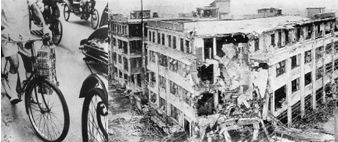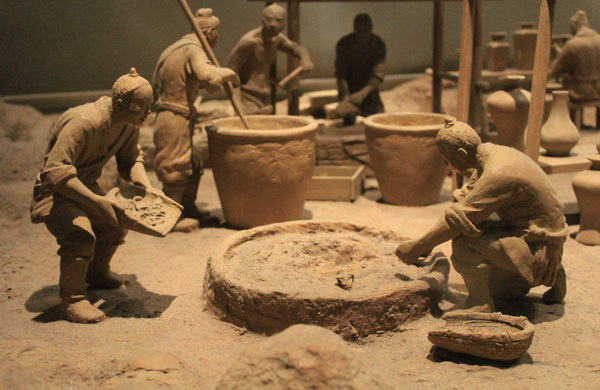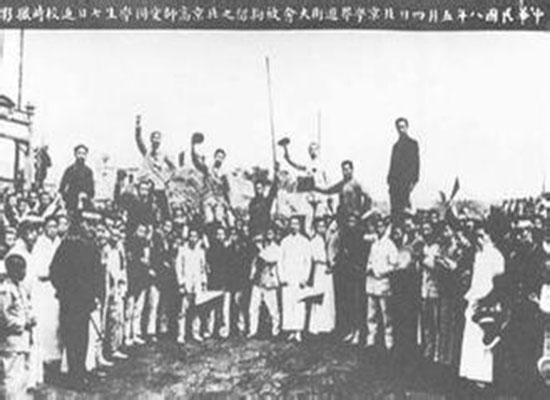National Capitalist Development
3 min readFrom the very beginning, China’s national industry had two kinds of government-run industries predominated by the state and private capital enterprises.
The Anging Interior Arsenal, the result of the Westernization Movement of the Qing imperial court, was established in 1861, indicating the start of government-run industry of national capitalism. Prior to the 1870s, the Westernization Movementcalled for “self-renewal.”A number of military factories were set up, and large factories included Kiangnan Arsenel, Fuzhou Ship-Building Bureau and Tianjin Manufacturing Bureau. After the 1870s, the Westernization Movement called on “wealth,”and a number of civilian-use factories were built, such as the Shanghai Merchants Steamship Bureau, Kaiping Mining Bureau, Shanghai Weaving Bureau and Hanyang Iron Factory. These factories utilized advanced technologies and equipment, and their products were for both military and civilian use. They somewhat resisted the expansion of the economic strength of foreign capitalism.

Government-run industry initiated by the Westernization Movement marked thetakeoff of Chinese industrialization and left a precious legacy for Chinese industrial, military and educational departments.
Private enterprises emerged in the 1870s. Outstanding private companies were Shanghai Fachang Machinery Factory, Guangdong Jichanglong Filature Factory and Tianjin Yilaimou Machinery Mill. After the Sino-Japanese War in 1894, the Qingimperial court loosened its restrictions on private factories and set up the ministry of commerce in 1903 to encourage industrial and commercial development. At that time, an upsurge in the spirit of saving the country through industry emerged in China, and a number of industrialists made contributions to the nation.

However, there were extreme difficulties on the way to the development of a modern national capitalism in China. Western powers suppressed national industrial development depending on rich capital, technological advantages and priorities snatched in China. The high tax rate of the Qing Dynasty and extortion by governments at all levels increased the cost of products, thus reducing their competitive edge. Private enterprises had to rely on foreign capitalism to a certain extent or seek protection from the domestic government in order to survive.
The foundation of the Republic of China in 1912 raised the political status of the national bourgeoisie and evoked the aspiration among national capitalists to revitalize industry.

During World War I, major capitalist countries in Europe were busy with the war, so capital and commodity exports to China were reduced, and Chinese national industry developed rapidly. From 1903 to 1908, the number of registered factories in China was 21 per year. The number increased to 41 between 1913 and 1915 and 124 between 1916 and 1919. Soon after the end of World War I, foreign capital staged a comeback, putting Chinese national industry under heavy pressure through its great strength and competitive edge.
In the 1930s, bureaucratic capital emerged prior to the Anti-Japanese War, and the four largest families were its representatives. They implemented “economic ruling”policies by making use of their political rights, and obtained a great deal of resources and income by unified purchase and unified sale, monopoly sale, price restriction and bargain measures. The four families took up a dominant position in national industry.
Since the Opium War, Chinese people suffered from the chaos caused by war and their living standards were also lowered. During the period of the Republic of China, the limited social and economical development could not shake off the shackles of poverty for the people. The purchasing power of the legal tender issued by the government of the Republic of China is a good example. Before the Anti-Japanese War,100 yuan was worth two bulls, two eggs in 1945, two pieces of coal ba1l in 1947, and only 0.000lgm of rice in 1949. In the same year, China had 20,000km of railways, of which roughly just half could be used. The length of useable highway was less than 80,000 km, and most of the roads were located in developed southeastern coastal areas. Highways were not available in mountainous regions andin the border areas inhabited by ethnic groups, which made up more than two-thirds of the gross land area in the state. As foreign commentators said, China was a country that needed to import even an iron nail.
Exploration Progress of the People’s Republic of China for Socialist Modernization








